Wheelwright's war horse discovery to share the haunting story of the Wolds Wagoners and their powerful bond
Now a symbol of that powerful bond is brought to life with a care-wrought restoration of the cart that once would have saved them.
This horse-drawn horse ambulance was found forgotten in a farmyard in Lancashire with a tree growing through it, more than a century after it saw action in the First World War.
Advertisement
Hide AdAdvertisement
Hide AdWith care and craft it has been artfully restored, to join the Wagoners' Museum collection at Driffield's Sledmere House.
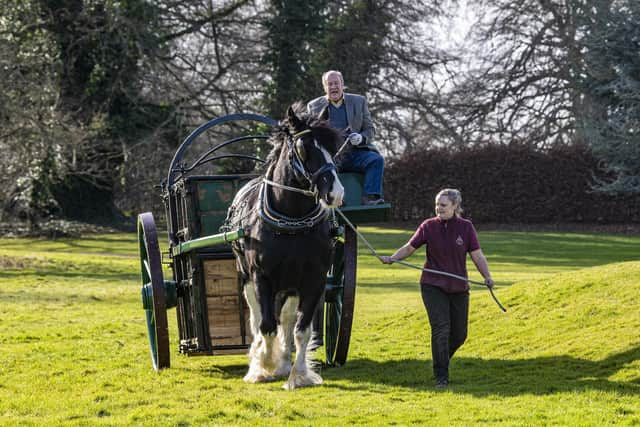

Martin Watts is chairman of the Wagoners' Special Reserve, sharing the story of the farm lads and labourers of the Yorkshire Wolds who enlisted for a badge and £1 in payment.
Within weeks of war breaking out they were in France, under fire as they supplied food, fodder and ammunition to the frontline with their wagons and horses. Some would have driven such ambulances, rescuing the many thousands of beasts injured in battle.
Mr Watts said: "The museum exists to keep alive and commemorate the memory and service of these men, which must never be forgotten. This is not a soppy story though.
Advertisement
Hide AdAdvertisement
Hide Ad"It's one of men doing their job with their horses in these incredibly difficult conditions, and they would have had a very close understanding. I think that is a tale worth telling."
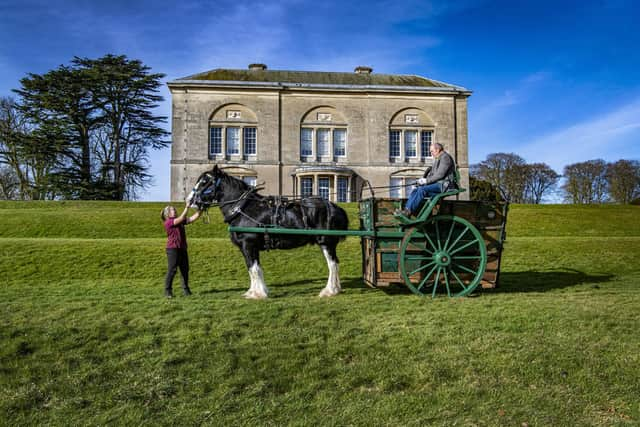

Halifax wheelwright Rodney Greenwood first came across the ruined remains of the ambulance in a farmyard in 2019. Believing it to be an old bullock cart, it wasn't until a makers' plate, with a patent number was revealed that he realised its significance.
Ambulances such as these were cleverly designed, with hoops and slings and hoists to ease the burden on the horse casualty and to carry it swiftly to safety.
For self-taught wheelwright and shire breeder Mr Greenwood, it's restoration has been a labour of love with the help of his 16-year-old grandson Sam Illingworth.
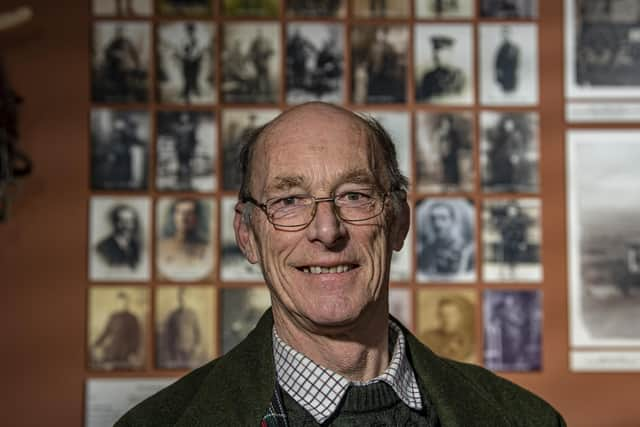

Advertisement
Hide AdAdvertisement
Hide AdFirst it was fixing the hub from elm, then oak spokes, ash felloes, and firing the old iron hoops. Much was salvageable, with care, and the original wood is now left unpainted to show its strength.
'Keeping history alive'
Mr Greenwood, 67, said: "It's keeping history alive. Every time I receive a vehicle that's 100 years old and bring it back to life, it carries that on.
"It was in a sorry state, but you could see exactly what it used to be. Now, it's fit to be pulled by horses."
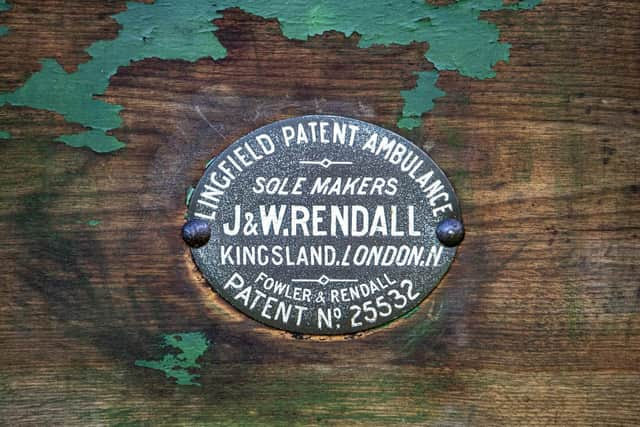

After the war, the ambulance was decommissioned and used at the racecourse for casualty horses. That was its "second life", said Mr Greenwood. Now this is it's third.
Advertisement
Hide AdAdvertisement
Hide AdThrough public effort, donations were raised to fund the restoration and bring the ambulance to the Carriage House at Sledmere House.
As the latest addition to the museum's working vehicle collection, it will be brought out for a series of upcoming events, with a plan to have it in action for Easter.
Service
Mr Watts said: "The ambulance is a marvellous way of showing that relationship between the horses and the men. As soon as you put a horse in it, that story comes alive.
"Theirs' was a service to country, which should never be forgotten. A lot of local people, not just at Sledmere but to this part of the world, are descendents of those Wagoners.
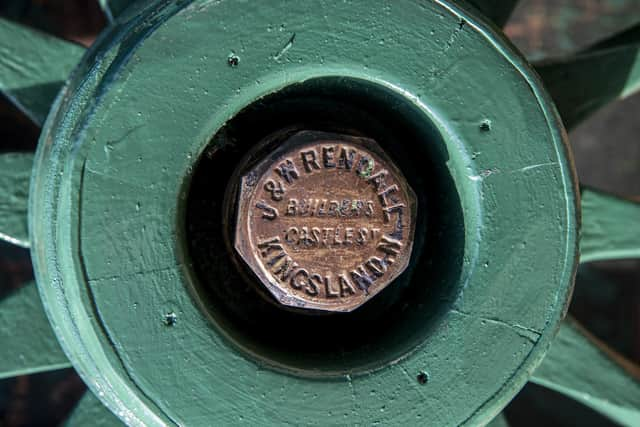

Advertisement
Hide AdAdvertisement
Hide Ad"We are custodians of their stories. It does well to tell it."
Mr Greenwood added: "We can keep this information and pass it on. These old vehicles, that knowledge, is diminishing.
"There are four now in this country, with this ambulance. That's why it's so important to put it into a museum like Sledmere - where the story can be told for a lot more years to come."
Reserve
The Wagoners' Special reserve was formed by Sledmere's Sir Mark Sykes, 6th Baronet, who recognised there wasn't enough transport capacity in the event of war.
Advertisement
Hide AdAdvertisement
Hide AdSome 1,130 Wolds men signed up on the promise they would go to war if there was one, rewarded a £1 in return for their pledge which they dubbed the ‘silly quid’.
Then came the First World War and, joining the Army Service Corps (ACS) without uniform, training or parades, 800 of them were among the first to set foot in France.
It was the men of the Army Veterinary Corps, seconded from the ACS, that drove the horse ambulances, and it is hoped this new addition to the Wagoners' Museum can share that story.
___________________________________________________________________________________________
Advertisement
Hide AdAdvertisement
Hide AdSupport The Yorkshire Post and become a subscriber today. Your subscription will help us to continue to bring quality news to the people of Yorkshire. In return, you'll see fewer ads on site, get free access to our app and receive exclusive members-only offers. Click here to subscribe.
